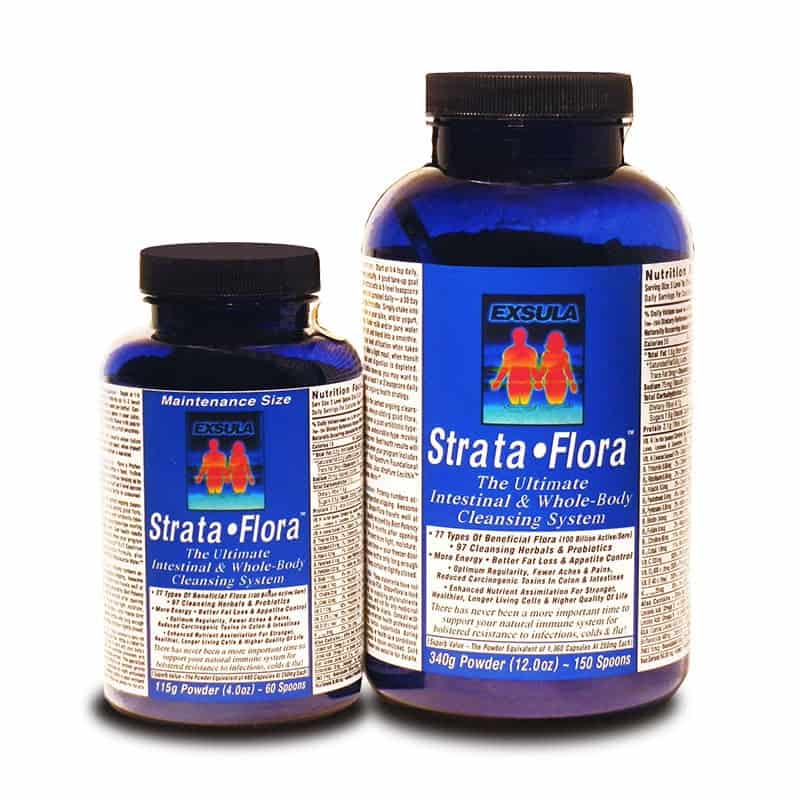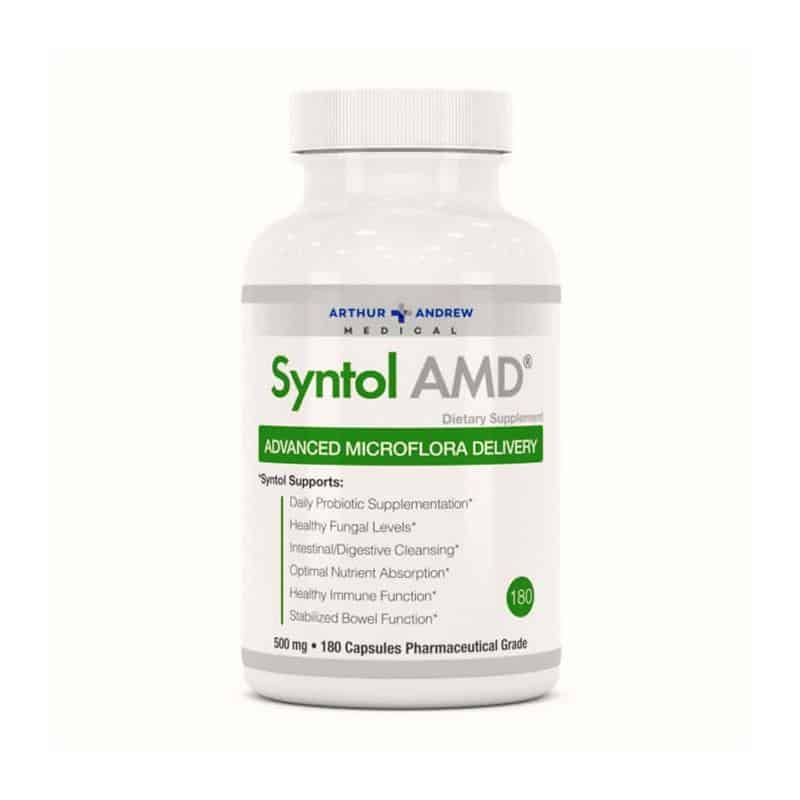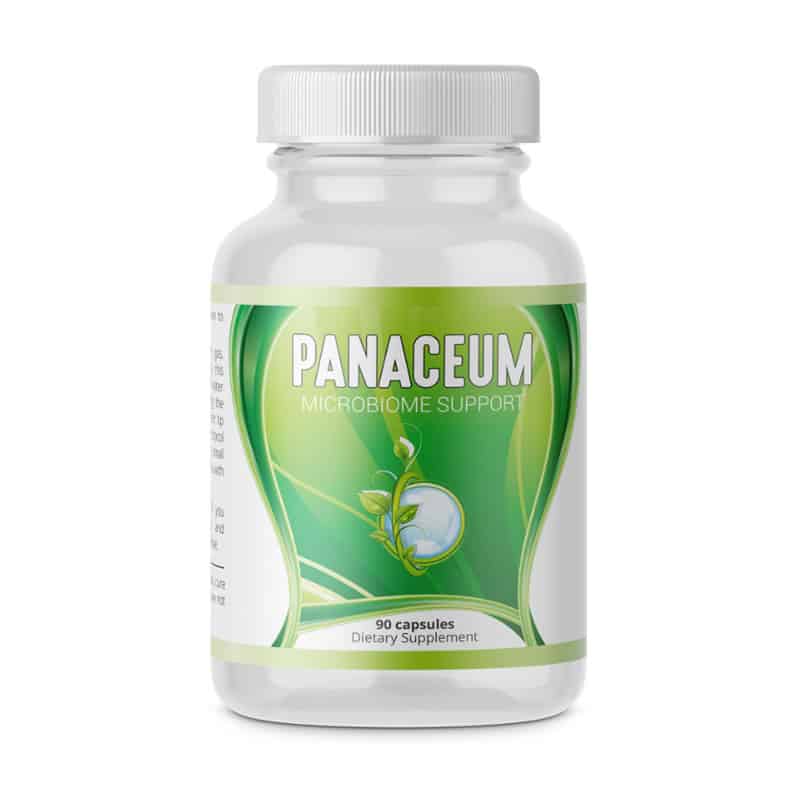No products in the cart.
Kombucha by Phyllis A. Balch, CNC
Kombucha tea is made from the kombucha “mushroom,” a large, flat, pancake-shaped fungus-like growth. Technically, the kombucha is not a mushroom, nor is it purely a fungus. Rather, it is part lichen, part bacterium xylinum, and part natural yeast culture. When placed in a mixture of ordinary sugar and tea for seven to ten days, the kombucha produces both a winey-tasting health-restoring tea and a new “baby” kombucha. The history of kombucha tea can be traced back 2,000 years to China, Russia, Japan, and Korea. Over time, it has been used as a curative in many regions, primarily in Manchuria and Russia.
Russian scientists studied the fungus during the 1950s, 1960s, and 1970s. According to the Moscow Central Bacteriological Institute, kombucha tea, when properly made, contains a number of substances important for good health, including gluconic acid, which impedes the progression of viral infections and can dissolve gallstones; hyaluronic acid, a component of connective tissue; chondroitin sulfate, a component of cartilage; and mucoitin-sulfuric acid, a component of the stomach lining and the vitreous humor of the eye. The beverage also contains vitamins B1 (thiamine), B2 (riboflavin), B3 (niacin), B6, (pyridoxine), and B12; folic acid; lactic acid; dextrogyral; and usnic acid, a substance with strong antibacterial and antiviral effects.
According to researchers and to anecdotal evidence, kombucha tea is a potent immune system booster, and can be an important part of treatment for acne, aging skin, AIDS, arteriosclerosis (hardening of the arteries), arthritis, asthma, bronchitis, cancer, candidiasis, chronic fatigue, constipation, diabetes, diarrhea and other digestive disorders, hair loss, hemorrhoids, high cholesterol, hypoglycemia, incontinence in both men and women, kidney and gallstone disorders, menopatrsal problems, multiple sclerosis, premenstrual syndrome, prostate problems, psoriasis, and weight problems. It is also said to greatly increase energy, and to promote a general feeling of well-being.
Many people prepare kombucha tea at home, as the tea-making process is both easy and inexpensive. However, kombucha tea beverages are available commercially in health food stores, and are just as effective and nutritious as homemade brews. The one drawback to the commercial products is that some have a sour taste due to the longer fermentation process. The longer process does not, however, affect the product’s potency. Also available are extracts and tinctures made from the pressed fungus. These products are handy when traveling, and are particularly effective for motion sickness.
There is some debate regarding the best time to consume kombucha tea. Most proponents of the tea feel that it should be poured off after four to six days, and then allowed to sit in a container for another three days before being consumed. Russian researchers have concluded that the antibiotic activity is at its highest level on the seventh and eighth days. Be aware that if left to brew too long – for over a month-the tea will turn to vinegar. While you would not want to drink this vinegar as a beverage, you can use it just as you would use any other vinegar.
Making the Tea
The preparation of kombucha tea is a simple process that requires only a small amount of equipment and ingredients. Before following this procedure, be sure to remove your rings, as metal should never touch the “mushroom.” To prevent contamination, make sure that your utensils and work area are scrupulously clean. Also keep in mind that ingredient substitutions should never be made. For instance, a reduction of the amount of sugar or the substitution of brown sugar for white could adversely affect the health of the fungus. White sugar is essential to its survival. Keep in mind that tobacco smoke can kill your kombucha. If you must smoke, do so outside. Better yet, quit. After using one kombucha “mushroom” for some time, environmental stresses may affect the organism, causing the tea to taste flat. When this happens, use green tea, rather than black, to make the growing medium, and use the tea from a “livelier” fungus until the old one is restored.
To make the tea, you will need:
- 3 quarts distilled water
- 1 cup refined white sugar
- 4 tea bags (green or black tea only)
- 4 ounces newly harvested kombucha tea or 4 ounces apple cider vinegar
- 1 large kombucha mushroom
- 6-quart glass or enamel pot
- 4-quart glass bowl
- 1 square of cheesecloth
- 6-inch rubber band
- Wooden or plastic spoon
- Place the water in the glass or enamel pot over high heat. (Do not use an aluminium pot.) Add the sugar, and boil for 5 minutes
- Remove the pot from the heat. Add the tea bags to the pot, and steep for 10 minutes. Wash your hands, and remove and discard the tea bags.
- Pour the tea into the glass bowl (do not use crystal, metal, ceramic, or plastic), and allow it to reach room temperature. Add the harvested Kombucha tea or vinegar.
- Place the mushroom smooth side up in the “growing” tea. Cover the bowl with the cheesecloth, and secure the cloth with the rubber band.
- Place the bowl in a dark, quiet, ventilated place with a temperature between 70 and 90 degrees F. (A shelf in the kitchen is an ideal place.) Allow the bowl to remain there for 7 to 10 days. Do not refrigerate.
- After 7 to 10 days, remove the “mushrooms” with a wooden or plastic spoon. Note that a “baby” kombucha is now growing on top of the original kombucha. Separate the baby from the mother by gently pulling them apart with clean hands.
- Using the cloth as a strainer, pour the new tea from the bowl into a glass bottle, leaving some space at the top of the bottle. (Do not store the tea in plastic, as chemicals can leach out of the container into the tea.) Store in the refrigerator, and drink 4 ounces 3 times a day, before or after meals. (Do not drink more than the recommended amount.) Use the 2 “mushrooms” and part of the newly harvested tea to make more tea.
If you are unable to obtain a kombucha tea “mushroom” from a friend, you can get a mushroom and growing kit from Laurel Farms of Studio City, California. Prepared kombucha tea beverages, capsules, and extracts can be obtained from Pronatura, Inc., located in Niles, Illinois.







